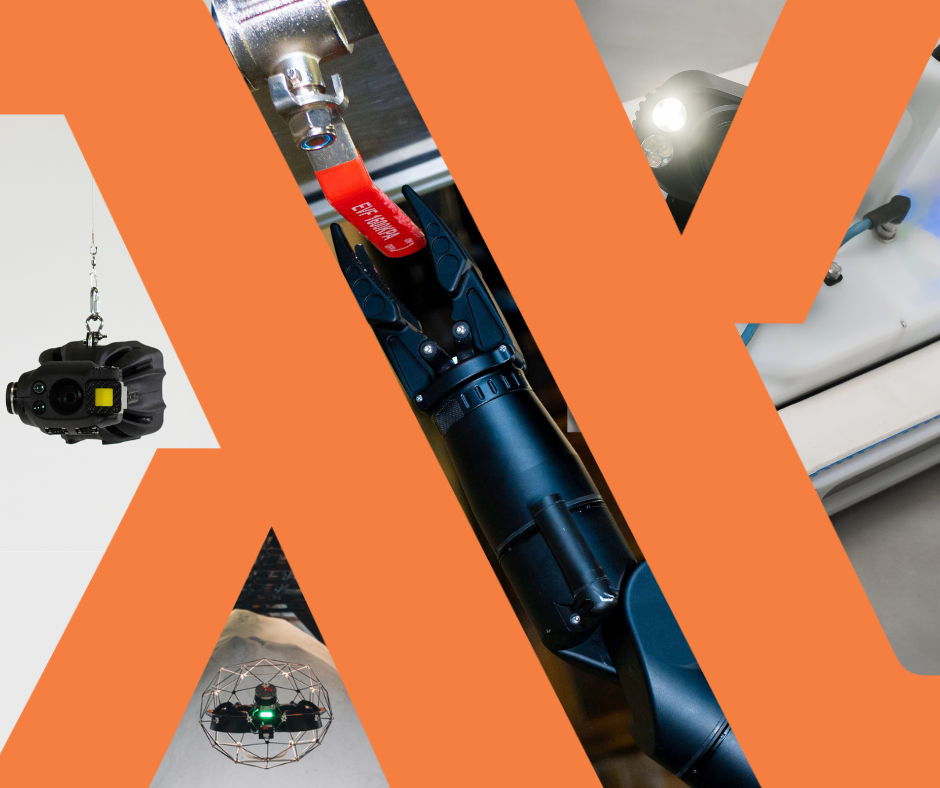See the World Through a Robot’s Eyes

15 years ago, robotic technology was still in its infancy. Fast forward to 2023, and – whether you know it or not – they’re carrying out a wide variety of tasks. Some of these are behind the scenes, others are more in the public eye. But, wherever they might work and whatever form they take, robots all have one thing in common – the way that they ‘see’ the world around them.
While humans interact via the five senses of sight, sound, smell, touch and taste, robots have only three. These are:
- Cameras
- Light detecting and ranging (LIDAR)
- Gas sensors
The combination of these provides the robot with the information it needs to navigate its environment and carry out the job it’s programmed to do.
The Role of Cameras
There are different types of cameras used to provide a robot with ‘sight’. Regular cameras provide a front view, whereas stereo (two) cameras working in conjunction with one another allow a perception of depth and distance. PTZ cameras are also advantageous, as these are mounted on an assembly that allows it to move independently from the main form, tilting and moving to provide visuals in different directions.
The Role of LIDAR
While cameras provide a sense that humans can easily equate to sight, LIDAR is a more alien concept. It used lasers that determine the shapes around it, generating a three-dimensional map of the surrounding geography. By sending out pulses of infrared light and measuring its return, obstacles can be sensed, measured and mapped, even when no light is available.
The Role of Gas Sensors
This acts as a robot’s sense of smell, providing important information about substances within the vicinity. These sensors work in four formats:
- Electrochemical
- Catalytic
- Photoionization
- Infrared
These are especially valuable when a robot is working in industries where toxins are commonplace, such as oil & gas, mining and defence. As well as detecting gasses, this can also determine low oxygen levels and even, to a certain extent, trace vapours.
These three attributes provide a robot with all it needs to navigate. While true autonomy is yet to become reality, semi-autonomous devices are well-established in a variety of industries. In conjunction with a remote operator, the machine can provide humans with safe viewing and testing options of regions that are hazardous to humans – a huge advantage when it comes to non-destructive testing.
Other examples, such as delivery drones, also utilise the same sensors to carry out their tasks. While the day when robots function autonomously and safely around humans is still some years away, the rise of these so-called ‘cobots’ is coming ever closer. With automatons easily able to carry out repetitive, boring duties without a reduction in quality or the need to sleep, eat and drink, it’s simple to see the many areas where robots can be used to human advantage.
Contact us to find out more about any of our inspection equipment, or request a quote online.
You might also find this useful: How Inspection Cameras Are Changing the Way Plumbing Is Done
